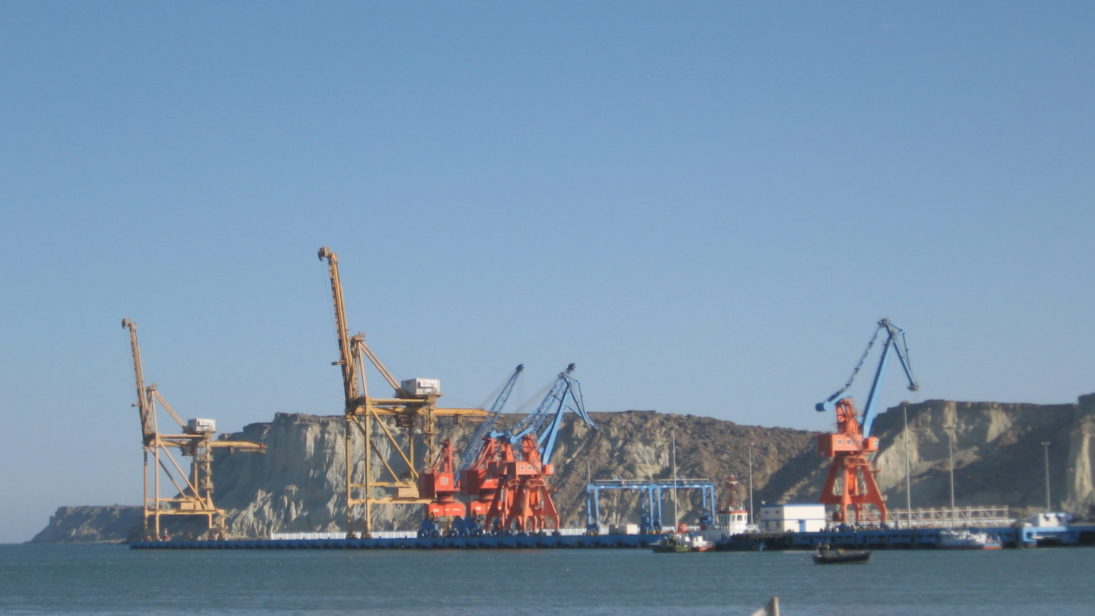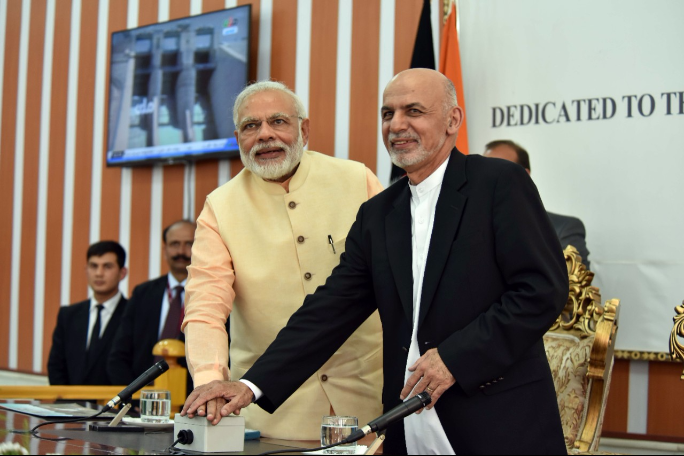
It was not long ago in December 2015 when Indian Prime Minister Narendra Modi’s brief stopover in Pakistan, after a visit to Kabul, raised hopes of peace and cooperation between India and Pakistan. Labelled Modi’s diplomatic overture to have “breakfast in Kabul, tea in Lahore, and dinner in Delhi,” both Modi and Pakistani Prime Minister Nawaz Sharif agreed to enhance people-to-people contacts and confidence building measures. Interestingly, however, Modi took a harder line against Pakistan during his trip to Kabul, stating that Afghanistan’s success will only come after “terrorism no longer flows across the border; when nurseries and sanctuaries of terrorism are shut and their patrons are no longer in business.”
This dual policy is characteristic of India-Pakistan relations. One moment adversaries, the next they are orderly neighbors seeking economic, social, and cultural ties with each other. Compelling evidence of this dynamic is found in the consensus formula between former Pakistani President Pervez Musharraf and Indian Prime Minister Manmohan Singh, in which the two leaders made radical overtures to resolve the crisis in Kashmir.
The oscillating dynamic between the two countries is shifting more decisively towards conflict, however, as a strategic rivalry intensifies not only between Pakistan and India but between Pakistan and Afghanistan. As these rivalries deepen, prospects for regional cooperation in the future may be significantly diminished.
Geopolitical Tension in South Asia
After 2016 was marred by militant attacks on an Indian Air Force base at Pathankot and an Indian Army base at Uri, combined with the death of militant leader Burhan Wani in Kashmir, relations between Pakistan and India have hit turbulence. In recent months, border tensions between the two states have been high. Similarly, Pakistan is fencing its border with Afghanistan after months of tension in order to curb the cross-border movement of terrorists. These developments suggest the opportunity to achieve economic gains via regional connectivity between Pakistan, India, and Afghanistan is becoming less likely.
Among 188 countries, India, Pakistan, and Afghanistan rank 131st, 147th, and 169th respectively on the United Nations’ 2016 Human Development Index and, as such, would stand to benefit from enhanced regional economic connectivity.
Presently, a multitude of regional economic projects exist to promote connectivity in South Asia. These projects include the China-Pakistan Economic Corridor (CPEC), the Iran-Pakistan-India (IPI) natural gas pipeline, and the Turkmenistan–Afghanistan–Pakistan–India (TAPI) natural gas pipeline. However, as geopolitical dynamics intensify, economic gains face substantial obstacles in coming to fruition and improving livelihoods.

Regional Economic Cooperation Less Likely?
Instead of regional cooperation, states are pursuing bilateral economic arrangements as seen with the establishment of the air trade corridor between India and Afghanistan. Afghan President Ashraf Ghani, after repeatedly calling on Pakistan to open the India-Pakistan Wagah trade route to Afghan traders, threatened to close Pakistan’s transit route to Central Asia. Pakistan rejected Afghanistan’s demand, prompting the present air corridor trade arrangement between India and Afghanistan. After this snub, Pakistan has sought alternative trading routes to the Central Asian States without Afghanistan. Regarding CPEC, India has expressed its reservations by failing to attend the May 2017 One Belt, One Road summit, citing sovereignty issues as a major impediment to its joining the corridor project.
Importantly, these obstacles to improved regional connectivity are not exclusively regional in nature as they are also encumbered by global politics. One major hurdle to the IPI pipeline, for example, are American objections to Iranian involvement in the project, which has compelled the United States to even threaten sanctions against Pakistan if it pursues the pipeline. Alternatively, the United States has shown much more support for the TAPI pipeline. Prospects for regional trade gained theoretical momentum after the finalization of the U.S.-Iranian nuclear agreement in 2015, but have since faded away with the announcement of fresh sanctions against Iran.
Conclusion
Recent political trends in South Asia are indicative of strategic rivalry shaping trading patterns whereby regional rivals are sidestepping each other. While Prime Minister Modi expressed interest in reaching out to Afghanistan and Central Asia through Pakistan and former Prime Minister Sharif appeared equally interested in wooing Indian investors, these initiatives are unlikely to materialize while relations remain strained.
Interestingly, despite these challenges, India-Pakistan trade continues to increase, while trade between Pakistan and Afghanistan has declined due to border tensions.
While prospects for trade and economic benefits exist, if present geopolitical tensions continue to drive economic and trade policy, the longer-term prospects for regional cooperation and strategic stability appear quite dim in South Asia.
***
Image 1: Moign Khawaja via Flickr.
Image 2: Narendra Modi via Flickr.


